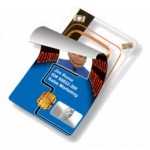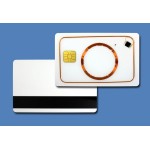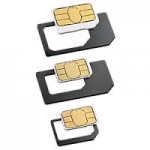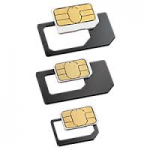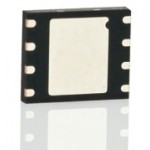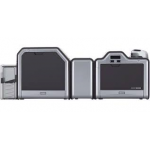Smartjac Industries Inc
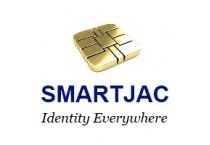
What is M2M ?
The internet of things (IoT) is the network of physical devices, vehicles, buildings and other items—embedded with electronics, software, sensors, and network connectivity that enables these objects to collect and exchange data.
Smartjac OTA service (SME)
Smartjac OTA platform permits Operators to administer their SIM cards remotely and effectively managing preferred roaming agreements.
Sample - to - Order
Hi There ! Please don´t hesitate to email to order@smartjac.com for samples. Thank You. Br, Smartjac Team
Complementary Service - Request for additonal Service - RFS
Request for Pre-Programing - Personalisation - Customization - any other complementary Service.
PVC Card - EM4200 + Magstripe (HiCo)
Contactless Card incl MIFARE Classic® 4K + EM4200 + Magstripe (HiCo) option.
Nano SIM Card adapter >> Micro SIM Size 3FF Version
Nano SIM Card adapter >> Micro SIM Size 3FF Version
Full Auto Quad MIM
Miniaturized standardized format (TS 102.671) Resistant to theft. Semiconductor packaging (SMD) resistant to high temperature (105°C), shocks, vibrations and humidity.
Service - Barcoding
Chipped Cards, Contact and Contactless cards, Magnectic Stripe Cards can be coded with any type of data.
Fargo HDP 5000 ID Card Printer & Encoder
Superior print quality, higher reliability and durability, greater security – your photo ID cards will have all these qualities when you print and encode them with the affordable and versatile HDP5000 ID card printer and encoder.







